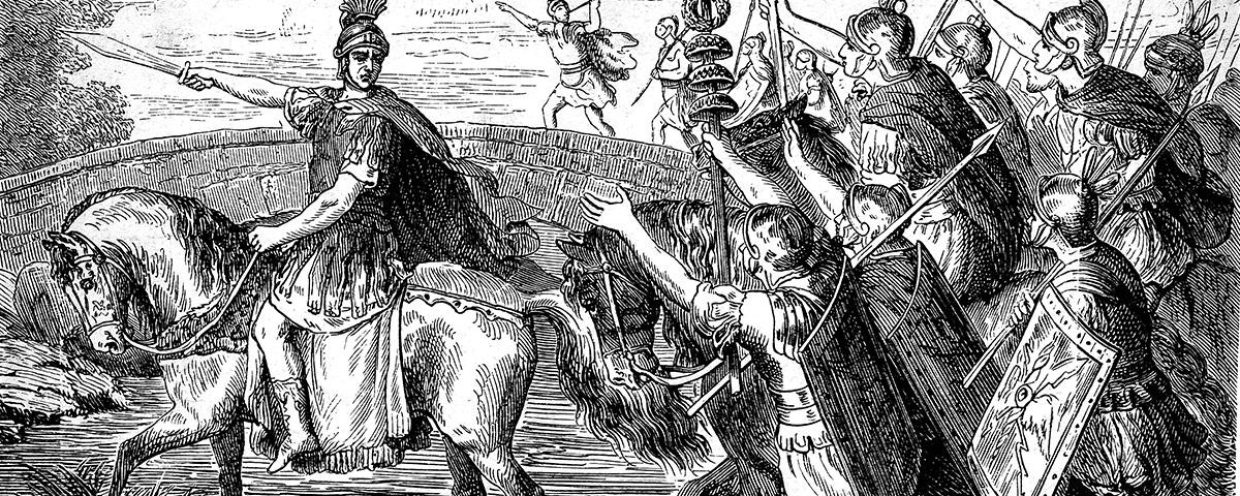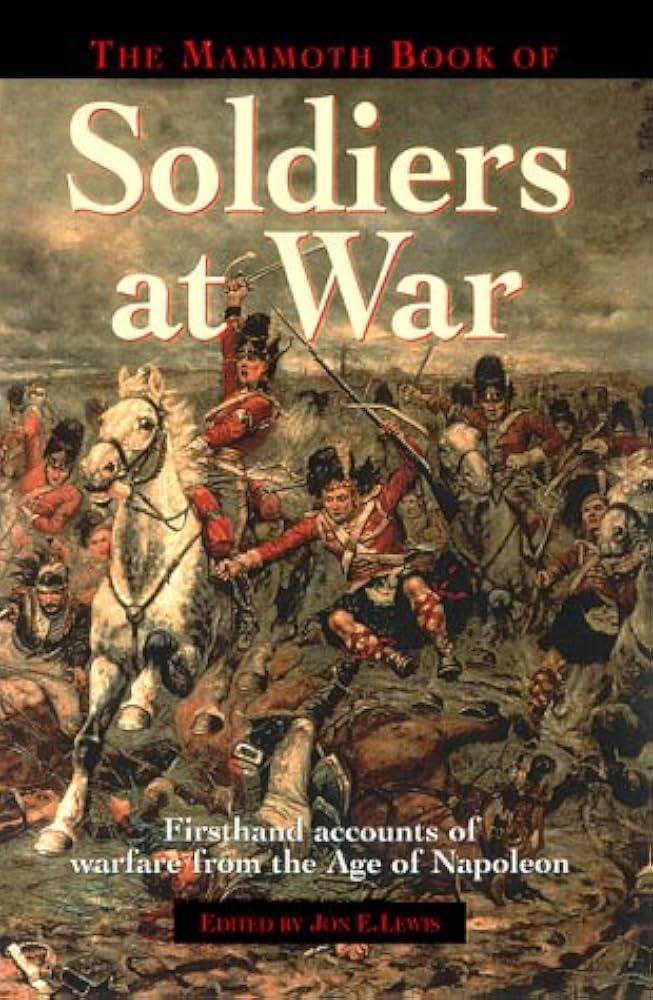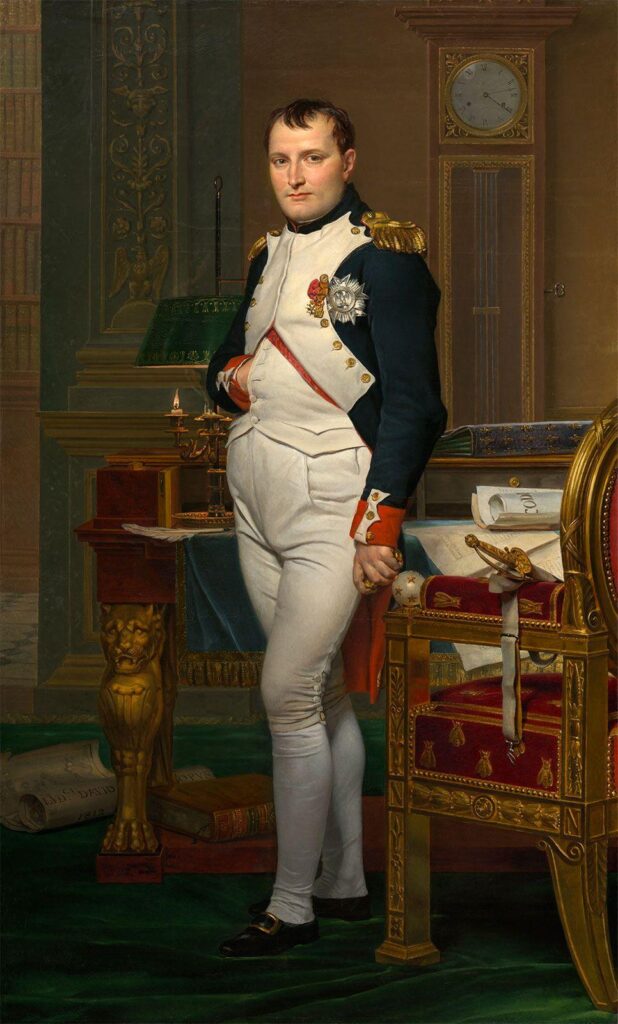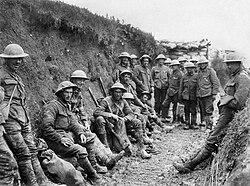When we think of ancient Rome’s rise to unparalleled power, one name inevitably stands out: Julius Caesar. A brilliant strategist and fearless leader, Caesar’s military genius reshaped the Roman Republic and set the stage for an empire that would dominate the Mediterranean world for centuries. But beyond his infamous political ambition and dramatic assassination lies a deeper story—one of tactical innovation, relentless campaigning, and visionary leadership on the battlefield. In this article, we delve into how Julius Caesar’s mastery of warfare not only expanded Rome’s territories but also transformed the very nature of military command, securing his legacy as one of history’s greatest commanders.
Table of Contents
- Julius Caesar’s Strategic Innovations on the Battlefield
- Analyzing Caesar’s Leadership Techniques in Military Campaigns
- The Role of Intelligence and Espionage in Caesar’s Success
- Applying Caesar’s Military Principles to Modern Leadership Challenges
- The Way Forward
Julius Caesar’s Strategic Innovations on the Battlefield
Caesar’s battlefield genius was not merely based on brute force but on his profound understanding of mobility and adaptability. He revolutionized the use of legions, organizing his troops into smaller, highly flexible units capable of rapid maneuvering and quick responses to enemy tactics. This flexibility allowed him to exploit enemy weaknesses effectively and maintain pressure without exhausting his soldiers. His ability to integrate engineering feats, such as rapidly constructed bridges and fortifications, also gave him strategic advantages over slower-moving adversaries.
Key tactical innovations included:
- Utilization of the triple line formation to provide layered depth and adaptability in battle engagement.
- Mastery of surprise attacks and encirclement maneuvers, which often destabilized opposing forces before they could mount an effective defense.
- Strategic use of intelligence and reconnaissance, empowering his commanders with real-time information to make swift decisions on the ground.
- Implementation of continuous training and discipline, ensuring that Roman legions performed cohesively under pressure and with unwavering loyalty.
Analyzing Caesar’s Leadership Techniques in Military Campaigns
Julius Caesar’s command on the battlefield was a masterclass in adaptive leadership and psychological warfare. He combined tactical innovation with an acute understanding of his enemy’s weaknesses, often employing unorthodox strategies that caught adversaries off guard. His ability to swiftly mobilize forces and execute complex maneuvers under pressure set him apart from contemporaries. More than just brute force, Caesar mastered the art of inspiring loyalty, ensuring his legions were not only well-trained but deeply motivated by a shared vision of conquest and glory.
Key elements of Caesar’s leadership style included:
- Strategic foresight: Anticipating enemy moves and adapting plans on the fly to align with changing battlefield dynamics.
- Decisive action: Avoiding hesitation, he made critical decisions that often turned the tide of battle.
- Personal involvement: Leading from the front to boost troop morale and demonstrate commitment.
- Effective communication: Clearly conveying orders and inspiring confidence among his ranks.
His leadership transcended mere command; it was a blend of charisma, calculated risk-taking, and empathetic understanding of those who served under him. This unique combination not only secured victories but also cemented his legacy as one of the greatest military strategists in history.
The Role of Intelligence and Espionage in Caesar’s Success
Caesar’s military prowess was not solely dependent on brute force; his success was deeply entwined with a sophisticated network of intelligence and espionage. By deploying scouts and informants to gather critical information about enemy movements and terrain, he was able to anticipate and outmaneuver his foes with precision. This proactive approach to warfare enabled rapid decision-making and adaptability on the battlefield, often catching opponents off guard. His use of secret communication channels and coded messages further ensured that strategic plans remained confidential, minimizing the risk of interception and betrayal.
Key elements of Caesar’s intelligence strategy included:
- Establishing a vast network of local spies within conquered territories to monitor dissent and relay intelligence.
- Utilizing double agents to feed false information to enemy commanders, leading to strategic miscalculations.
- Employing swift and discreet messengers to maintain secure lines of communication across his widespread forces.
These practices highlight how Caesar’s mastery of espionage was more than mere subterfuge—it was a calculated art form that underpinned his military genius, allowing him to consolidate power with striking efficiency and maintain an unassailable edge over his rivals.
Applying Caesar’s Military Principles to Modern Leadership Challenges
When dissecting leadership through the lens of Caesar’s military acumen, one quickly realizes his command extended far beyond battlefield tactics. His ability to assess the terrain of interpersonal dynamics and organizational structure mirrors the complexities faced by modern leaders. The principle of adaptability, for instance, was central to his campaigns—seamlessly shifting strategies based on real-time intelligence, a lesson imperative to today’s executives navigating volatile markets and fast-changing environments.
Moreover, Caesar’s emphasis on clear communication and decisive action provides a blueprint for effective leadership. He ensured every legionary understood the broader mission while trusting subordinates with autonomous execution. Modern leaders can extract these truths by fostering transparent workflows that empower teams without micromanagement. Consider these actionable takeaways modeled on Caesar’s approach:
- Prioritize situational awareness: Constantly scan your organizational landscape to anticipate challenges.
- Delegate with trust: Equip team members with responsibility and the freedom to innovate.
- Execute with confidence: Balance thorough preparation with the courage to act swiftly under uncertainty.
- Embrace calculated risks: Like Caesar crossing the Rubicon, sometimes bold moves redefine the course of success.
- Maintain morale and loyalty: Recognize achievements to build a culture resilient to pressure.
The Way Forward
In tracing the formidable military legacy of Julius Caesar, we uncover not just a brilliant commander, but a visionary strategist whose campaigns reshaped the course of history. His ability to blend tactical innovation with political acumen set new standards for leadership in warfare and governance alike. Understanding Caesar’s military triumphs offers more than a glimpse into ancient Rome—it reveals timeless lessons on the complexities of power, ambition, and the art of command. As we reflect on his enduring impact, it becomes clear that Caesar was not merely a conqueror, but a mastermind whose influence continues to resonate in both military theory and the broader narrative of leadership.












